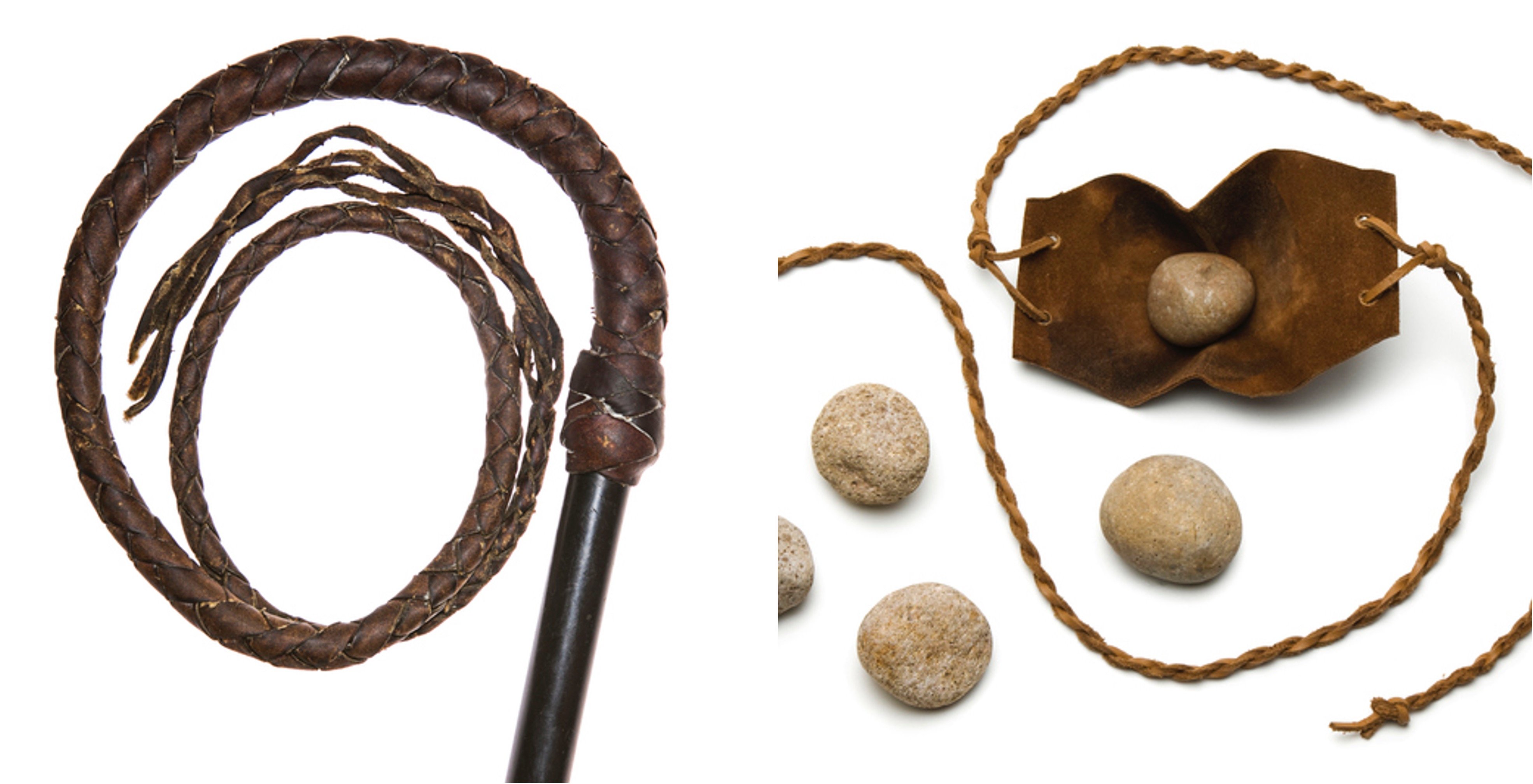An alternative title for this blog post could have been the question: "whip or slingshot?" Read on to see how we are braiding the metaphorical cord used for one or the other.

- If we want an organization to endure beyond our stewardship,
- If there is no ready and prepared successor for the time they are needed,
- If the organization is not operationally mature,
...then ownership/outgoing executive/ board are wise to consider a strategic interim before any new executive begins.
I've led fifteen interims and have guided the design and implementation of as many others. Several of my colleagues have gone deeper in this field and we compare notes regularly.
When first diving into an interim scenario, here is what we are listening for:
- An outgoing executive that does not let go.
Problem: Their ongoing and often well-intentioned desire to help or becomes a parallel , geurilla process.
- Potential or precious successors who want the role, but do not grasp the mission.
Problem: their desire to occupy and keep the top seat guides their decisions rather than the organization's mission.
- A board or ownership structure that chooses expedience rather than thoroughness when naming a successor
Problem: the organization is managed according to short-term need, rather than governed the toward its mission and within the boundaries of its declared values.
More often than not, all three of these - a trifecta- already caused damage, which means the strategic interim role becomes triage and staging a rescue so that the enterprise has a chance to endure under new leadership.
And just as often--in addition to all three of the above intertwining to form a braided whip that flays the organization and its people--there are no true measures of organizational performance. KPIs and organizational dashboards, if they exist, are woefully out of date , measure what cannot be controlled, or measure so many aspects of everything that they measure nothing.
--------
Let's flip what's written so far to speak to that Maestro-level leader who wants to set up their successor for success and without an interim period serving as a buffer.
- They must develop a specific plan (strategy) for letting go and then must abide by it. Their integrity and reputation is on the line here.
- Any successor will need to have demonstrated enterprise-wide, executive-level thinking, especially for the specific organization they will lead. Their ability to do it elsewhere is no guarantee they will do it here and now.
- A process tailored to the specific organization and which builds upon established best practices should be in place to vet and prepare any successor.
The above, when combined with tuned up operational metrics, braid the cord for the whole organization to slingshot into the future and slay the proverbial giants they are going to face.
When a slingshot is braided rather than a whip, a Maestro-level leader becomes their own strategic interim. Professionals like me get to advise and cheer them on rather then stepping in to clean up and try to revive the dream after the damage is done.
Tags:
process consulting, Process Consultation, leadership succession, Mark L. Vincent, Design Group International, succession planning, Maestro-level Leaders, The Third Turn, The Third Turn Podcast, Kristin Evenson
January 27, 2022
Comments